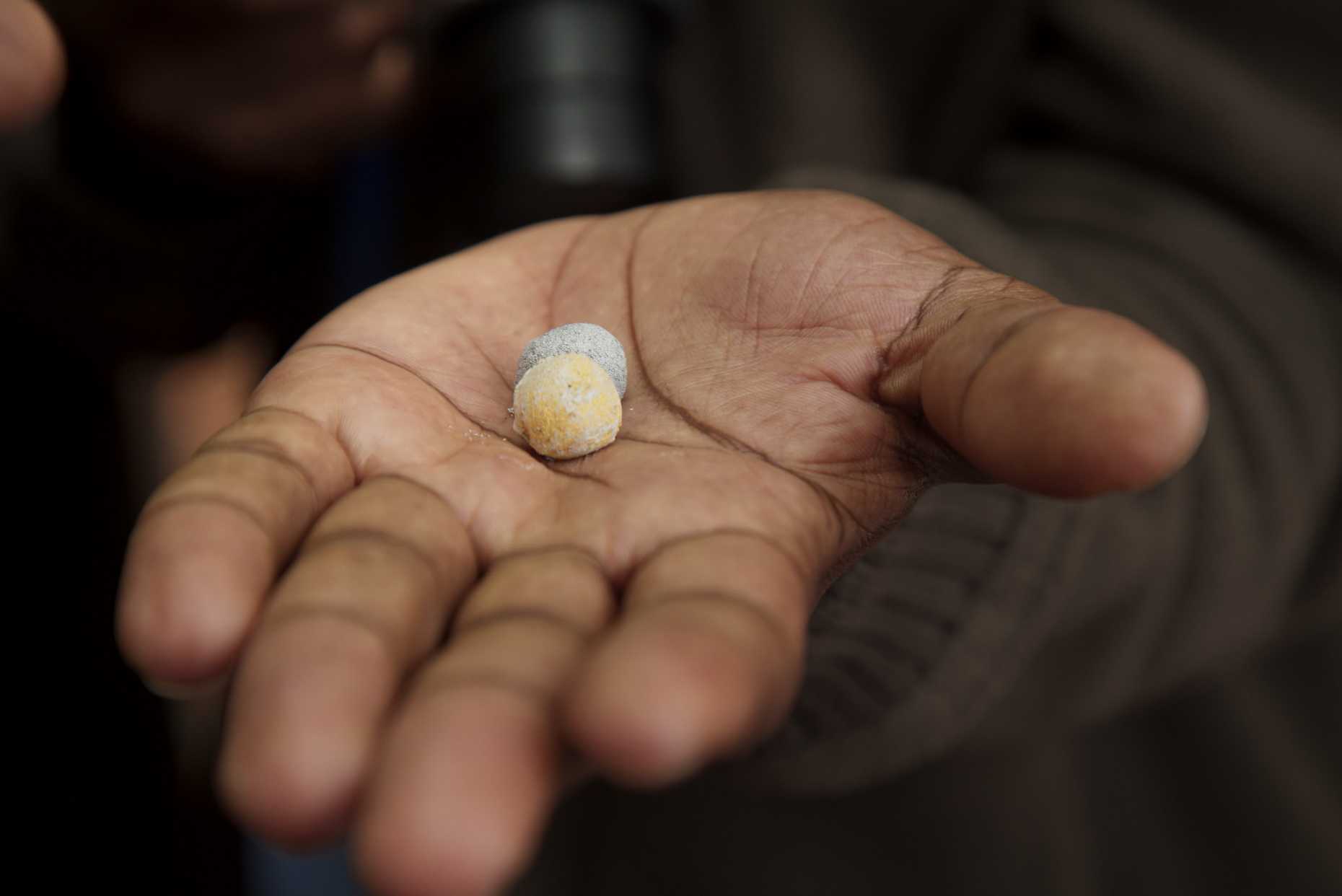Why artisanal gold miners do not give up on mercury
Research from ETH-NADEL and CNRST Burkina Faso shows that the use of mercury persists because investors prefinancing extraction impose it as a social commitment and controlling device.

Artisanal and small-scale gold mining is the largest source of anthropogenic mercury emissions today – despite the availability of technically superior methods. Mercury is used to separate the gold from the ore. To do so, mercury is added to the crushed and milled ore. The resulting amalgam is then burned to liberate the gold. Regular exposure to mercury vapor when burning an amalgam can severely impact human health. The non-biodegradable mercury also travels great distances by bio-accumulating in the environment and food chain.
As people gather for the external page Conference of the Parties to the Minamata Convention on Mercury in Bali this week, we need a better understanding of the reasons that make mercury stick. Taking the case of Burkina Faso, Fritz Brugger from ETH-NADEL together with external page Anna Bugmann, Antoinette van der Merwe and external page Tongnoma Zongo from the Institut des Sciences des Sociétés / Centre National de la Recherche Scientifique et Technique INSS-CNRST, Ouagadougou, Burkina Faso, explain the persistent use of mercury by analyzing the non-technical functions that mercury fulfills in the gold value chain. In essence, mercury plays an important role in the financing of gold extraction.
Mercury as a controlling device
Gold miners depend on credit to start gold extraction. Since they have not access to formal credit, they get it informally, typically from those who later buy the gold. The lender – or more precisely: investor – wants to make sure that he eventually gets the gold extracted and with that can recover his investment. To do so, he provides the miners with mercury for the amalgamation. The advantage of this method is that gold separation only takes 20 minutes and can be controlled by the money lender.
The findings further challenge the conventional wisdom about poverty-driven artisanal gold mining of jobless rural youth and poor farmers eager to make a lucky strike. In fact, it is as much the product of capital looking for lucrative investment. The business model of investors is based on prefinancing extraction, controlling access to market, and taking advantage of excess labor by shifting operational and financial risks upstream.
Phasing out mercury will remain a challenge as long as it is used as a social controlling device.